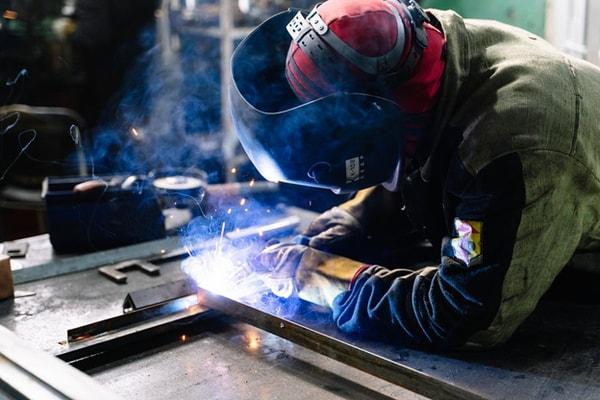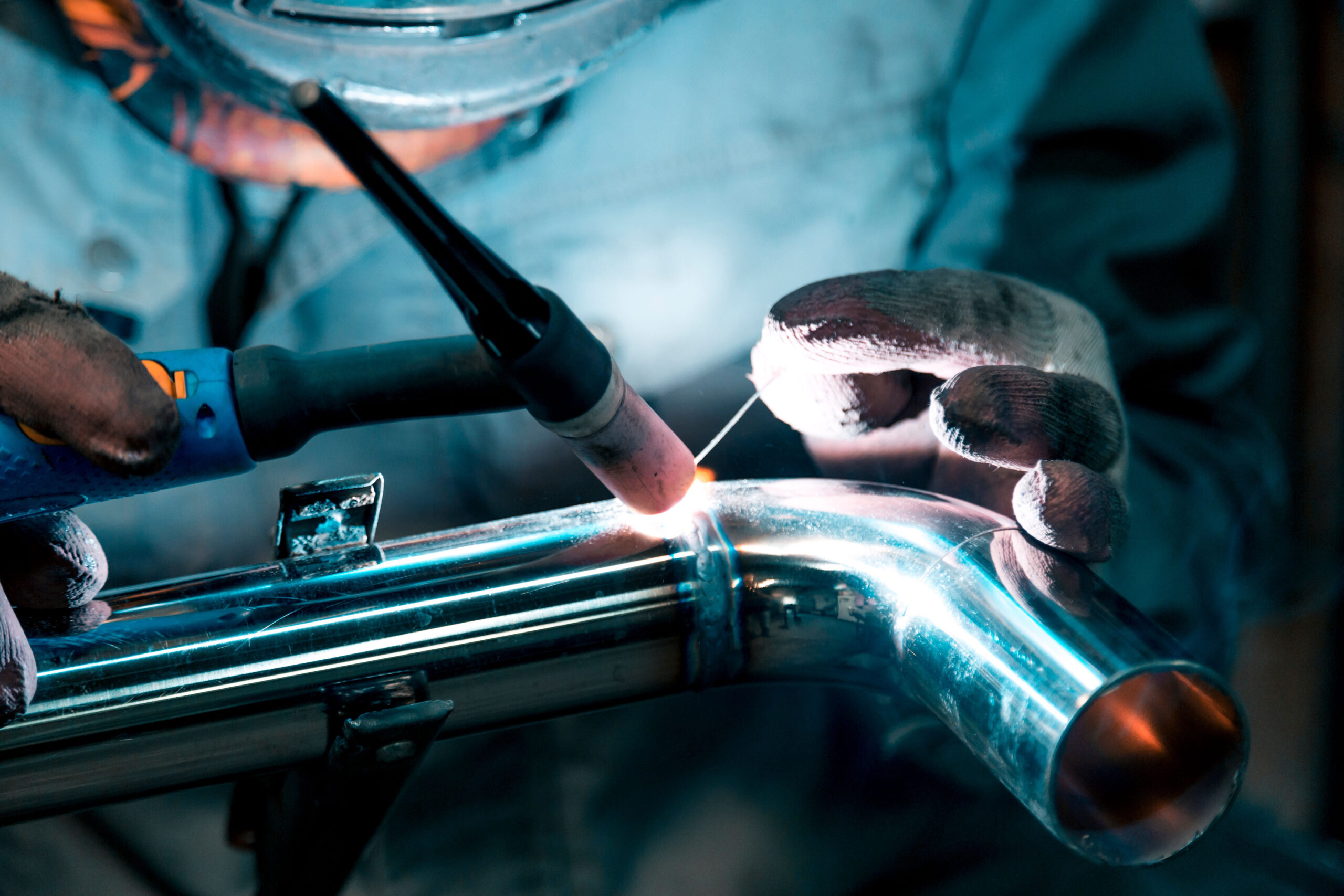Why a Welding WPS is Crucial: Enhancing Uniformity and Conformity
Why a Welding WPS is Crucial: Enhancing Uniformity and Conformity
Blog Article
The Ultimate Overview to Welding WPS Procedures: A Thorough Summary for Welders
In the detailed world of welding, Welding Procedure Specs (WPS) serve as the backbone of guaranteeing top quality, uniformity, and safety and security in welding operations. Understanding the subtleties of developing, implementing, and keeping an eye on WPS treatments is crucial for welders looking to elevate their craft and satisfy market requirements. As we dig into the different elements of a WPS and discover the ins and outs of credentials and qualification, we will certainly discover the crucial function these treatments play in the realm of welding. Let's embark on a journey to decipher the complexities and importance of WPS procedures in welding methods.
Significance of WPS Procedures
Understanding the value of Welding Treatment Specs (WPS) procedures is critical for making sure the top quality and integrity of welded frameworks. WPS treatments work as a roadmap for welders, describing the necessary actions, specifications, and products required to achieve a sound weld. By adhering to WPS standards, welders can guarantee uniformity in their job, leading to structurally sound and reliable welds.
One of the key reasons why WPS treatments are important is their function in maintaining weld top quality and stability. Following the defined welding parameters and strategies described in the WPS assists prevent flaws such as porosity, splitting, or incomplete fusion, which can jeopardize the stamina and toughness of the weld.

Parts of a WPS
A Welding Procedure Requirements (WPS) typically makes up necessary components that detail the particular demands for carrying out a weld, ensuring uniformity and high quality in the welding procedure. The vital components of a WPS consist of crucial variables such as base steels, filler metals, preheat and interpass temperature levels, welding procedures, protecting gases, welding placements, and post-weld heat therapy requirements.
Base steels refer to the products being joined, while filler steels are used to load the void in between the base metals during welding. The welding process lays out the particular strategy to be utilized, whether it's gas steel arc welding (GMAW), shielded metal arc welding (SMAW), or one more method. Welding placements specify the orientations in which welding can be executed.

Certification and Qualification
Having actually established the vital elements of a Welding Procedure Requirements (WPS), the emphasis now moves towards the crucial aspects of credentials and certification in welding practices.

Qualification, on the other hand, is the official recognition of a welder's qualifications by a pertinent qualification body or company. Welding accreditations are typically based upon the details welding procedures, products, and settings a welder is certified to work with. Holding a valid welding accreditation demonstrates that a welder meets market requirements and is proficient to execute welding jobs to the required requirements.
Creating a WPS
To establish a Welding Procedure Spec (WPS) that meets industry requirements, mindful consideration of welding procedures, materials, and functional parameters is important (welding WPS). The very first step in creating a WPS is to determine the welding procedure to be utilized, such as gas steel arc welding (GMAW) or protected steel arc welding (SMAW) Once the welding procedure is established, the following essential aspect is picking the ideal materials, considering factors like base steel kind, thickness, and joint layout. Operational parameters such as welding existing, voltage, travel rate, and securing gas make-up should also be meticulously specified in the WPS.

Applying and Checking WPS
Upon finalizing the thorough Welding Procedure Requirements (WPS) that thoroughly details welding procedures, materials, operational parameters, and quality assurance measures, the focus changes to effectively executing and keeping track of the established procedures. Execution includes guaranteeing that all welders associated with the task recognize with the WPS and follow it meticulously during the welding process. This calls for supplying appropriate training and guidance to guarantee adherence to the specified procedures. Monitoring the WPS involves continuous oversight to validate that welding tasks line up with the this page documented specifications. Inspections, screening, and high quality control steps are necessary components of the surveillance process to identify any type of issues or discrepancies quickly. Normal audits and evaluations of the welding treatments help in preserving uniformity and high quality throughout the job. Efficient application and tracking of the WPS are essential for making sure the integrity, toughness, and safety and security of the welded joints, ultimately adding to the overall success of the welding project.
Final Thought
To conclude, understanding and complying with Welding Procedure Requirements (WPS) is critical for welders to make certain top quality, uniformity, and safety and security in their work. By recognizing the components of a WPS, getting proper certifications and qualifications, producing in-depth procedures, and carrying out and checking them properly, welders can improve their abilities and efficiency in welding practices. Following WPS treatments is crucial for generating premium welds and conference industry requirements.
In the informative post complex world of welding, Welding Procedure Specs (WPS) offer as the backbone of guaranteeing high quality, consistency, and security in welding procedures. The welding process lays out the particular technique to be utilized, whether it's read gas steel arc welding (GMAW), secured steel arc welding (SMAW), or an additional technique.To establish a Welding Treatment Requirements (WPS) that fulfills sector criteria, cautious factor to consider of welding procedures, products, and functional specifications is necessary. The initial step in developing a WPS is to determine the welding process to be used, such as gas metal arc welding (GMAW) or protected metal arc welding (SMAW)Upon wrapping up the comprehensive Welding Procedure Spec (WPS) that diligently information welding processes, materials, operational specifications, and high quality assurance actions, the focus moves to efficiently applying and checking the established treatments.
Report this page